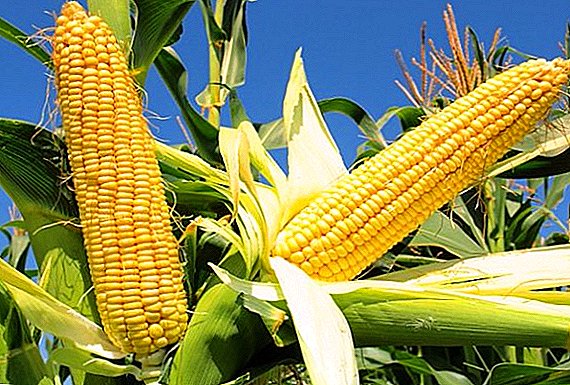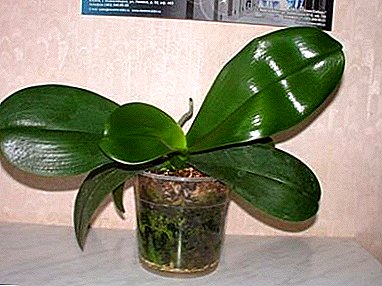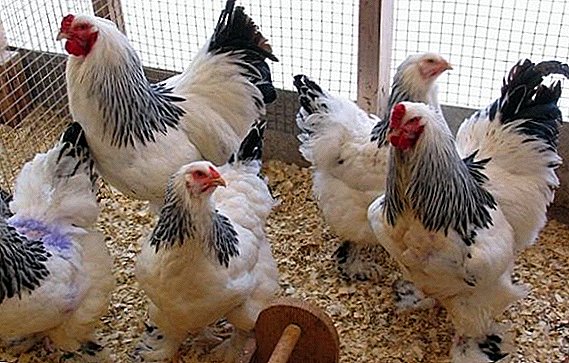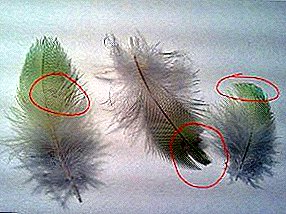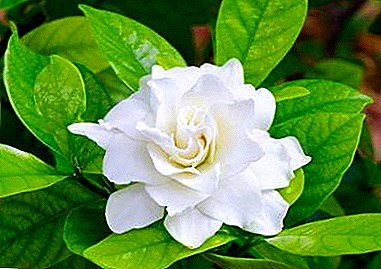
Gardenia is a tropical plant from the Marenov family. It was bred in the 18th century by Alexander Garden (in honor of the scientist and got its name).
Under natural conditions, gardenia lives in the subtropics of South Africa and India, in the forests of China and Japan. Today, more than 250 plant species are known: from evergreen shrubs to small trees. Only 1 species has been adapted for home cultivation - gardenia jasminoid.
We will tell about the properties of this beautiful plant, about the use of an extract from its stem cells, as well as the essential oil of flowers.
Chemical composition
The plant is widely used in the field of cosmetology and medicine. The reason for this is the chemical composition rich in trace elements.
The following are the main ingredients per 100 g of plant.
- Glycosides (Gardenozide, Gardenin, Gepini, Crocin). Up to 50 mg. Mostly contained in the leaves and fruits. Relieves the condition at temperature and inflammation.
- Essential oil. 60-70 mg. They are rich in gardenia flowers.
- Tannin. Phenolic compound. 20 mg.
- Pectin is a polysaccharide. 10 mg
- Sitosterol. Included in the group of steroid alcohols. 2 mg.
- D-mannitol. Up to 1 mg.
Poisonous or not?
 This question is relevant for all lovers of home flora. Some indoor plants (lilies, oleander, dieffenbachia) have a high toxicity, they are poisonous and dangerous especially for animals and children.
This question is relevant for all lovers of home flora. Some indoor plants (lilies, oleander, dieffenbachia) have a high toxicity, they are poisonous and dangerous especially for animals and children.
Gardenia - a plant with low toxicity. It is not poisonous, not life threatening. But the juice of the plant, getting into the stomach, can cause unpleasant symptoms:
- vomiting;
- diarrhea;
- general weakness.
After treating gardenia bushes, it is recommended to wash your hands with soap and water.
Can I keep at home?
Jasmine-shaped gardenia can be kept at home, but The recommended condition is to put the pot above the pets access level. The ideal place is the window sill of a bright window that faces west or southeast.
Reference! Gardenia perfectly decorate and green the interior of the room, and during the flowering period it will spread a delicate and pleasant aroma. According to some florists, the plant creates a favorable atmosphere in the house, improves mood and well-being.
Application
In folk medicine, all parts of gardenia are used: leaves, flowers and their petals, fruits, roots. A property of the plant has been noted to accelerate wound healing, normalize pressure, improve gallbladder function.
The following are presented The main brief variations of the use of gardenia:
- A decoction of green parts for the treatment of a number of inflammatory pathologies (mastitis, stomatitis, hepatitis, jaundice and others).
- A decoction of the roots to combat worms.
- Petals - natural flavoring for tea.
- Fruits are used to treat problems with the kidneys, lungs, and liver.
- Outdoor use. Crushed fruits - folk treatment of burns, wounds, bruises.
Stem cell extract
Stem cells (phytosterols, growth zone cells) are cells capable of multiple division. Scientists discovered ferulic acid, a phenolic photochemical compound, in stem cells of gardenia. The element has strong antioxidant properties. Extract from stem cells of gardenia is actively used in the field of cosmetology to combat the signs of aging skin.
What is the use of this extract? 
- acceleration of new collagen production;
- elimination of toxins;
- stimulation of dermal cell renewal;
- smoothing of mimic wrinkles;
- improve skin elasticity;
- even color without cosmetic defects.
Get the extract in the first spring months, when the plant enters the phase of active growth. The kidneys, roots and new shoots of gardenias have the maximum energy potential. It is from these parts that the hood is made from whole intercellular substances.
On an industrial scale, the extract is obtained by biotechnical synthesis. Stem cells are artificially grown from plant tissue, preventing this mass destruction of gardenia plantations.
Essential oil
The oil is obtained from dried gardenia flowers. The product is used in perfumery. The liquid has a pleasant sweet-floral smell. Also, oil is used as an aroma for improving mood, calming and finding harmony.
Oil is obtained by extraction (extraction). Under laboratory conditions, the product can not be obtained. Because of its rarity, jasmine gardenia oil is especially valuable.
How to get the product? Dry flowers are filled with natural solvent. Then it starts to stand out concrete - the semi-finished product. It is diluted with alcohol and wait until the impurities settle. As a result, a yellowish oily liquid is formed, which thinns the light floral scent.
Variations of the use of oil:
- Whitening effect. The skin becomes well-groomed and less oily.
- Stimulation of skin cells for regeneration and renewal.
- Adds skin elasticity. Helps to eliminate stretch marks and cellulite.
- Fight against insomnia.
Ether of Gardenia is a frequent ingredient in moisturizing masks, creams and shampoos.
Contraindications and risks
Due to the rich chemical composition, gardenia is not recommended to use:
- during pregnancy and lactation;
- when using oral contraceptives;
- at the age of 7 years.
Important! The main measure of caution: before using any product with gardenia in the composition, you should consult with your doctor, as allergy or individual intolerance is possible.
So, gardenia is a beautiful tropical plant. At home, you can grow gardenia jasmine. This indoor beauty is distinguished by its capricious character. The plant is non-toxic, extracts and extracts are widely used in the field of medicine, cosmetology, perfumery.



